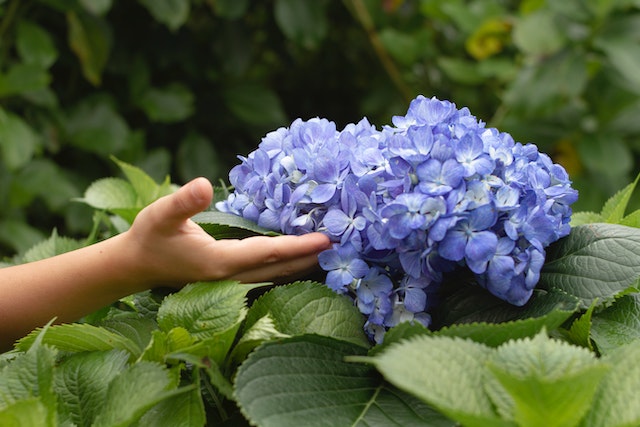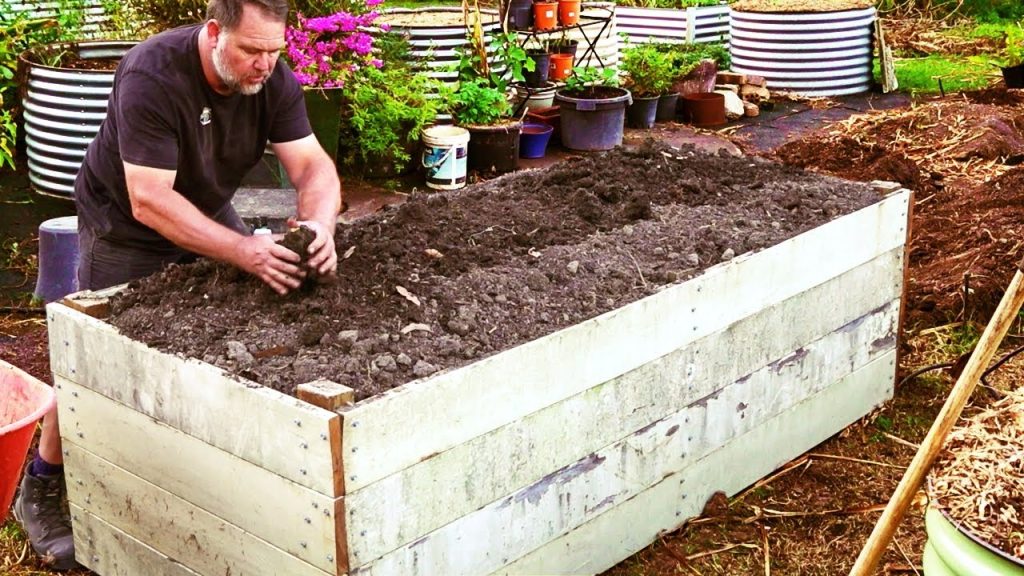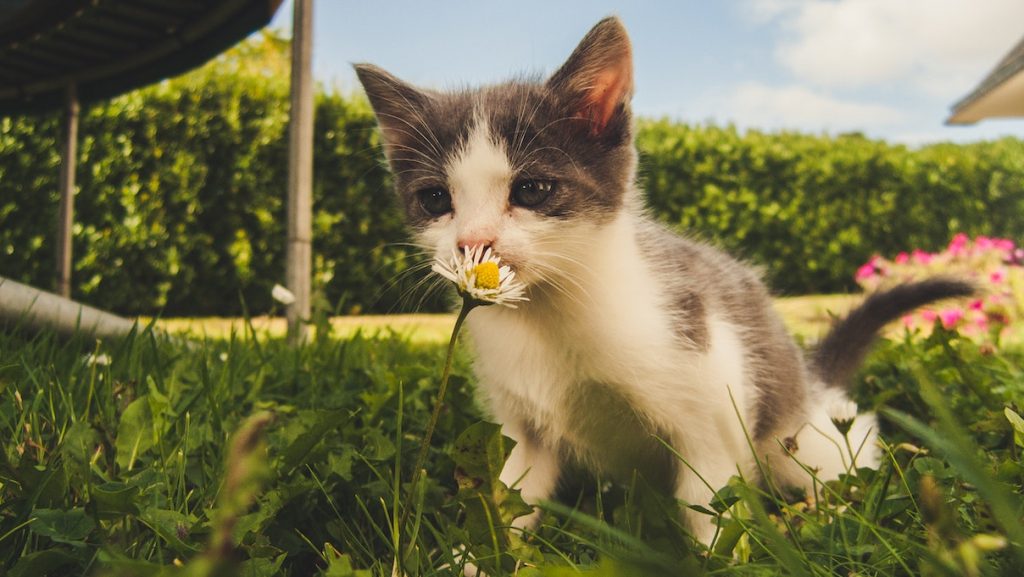Overview
Hydrangeas are popular flowering shrubs known for their stunning blooms and vibrant colors. Pruning hydrangeas is an essential part of their care routine to promote healthy growth, control their size, and encourage abundant flowering. In this article, we will provide an overview of hydrangea care, including the basics of taking care of these beautiful shrubs, followed by detailed instructions on how to properly prune hydrangeas for optimal results.
How to Take Care of Hydrangeas
Choosing the Right Location:
Sunlight: Most hydrangeas thrive in partial shade or filtered sunlight. However, specific varieties have different sunlight requirements, so it’s essential to choose the right location based on the specific type of hydrangea you have.
Soil: Hydrangeas prefer well-draining soil that retains moisture. Amending the soil with organic matter like compost can improve drainage and enhance the overall health of the plants.

Watering and Feeding:
Hydrangeas require regular watering, especially during dry spells. Keep the soil consistently moist but avoid overwatering, as it can lead to root rot.
Apply a balanced slow-release fertilizer in spring to provide the necessary nutrients for healthy growth and abundant blooms. Follow the product instructions for application rates.
Pruning Hydrangeas:
Timing: The best time to prune hydrangeas depends on the specific variety:
Bigleaf Hydrangeas (Hydrangea macrophylla): Prune after flowering in late summer or early fall.
Panicle Hydrangeas (Hydrangea paniculata): Prune in late winter or early spring before new growth emerges.
Smooth Hydrangeas (Hydrangea arborescens): Prune in late winter or early spring before new growth appears.
Oakleaf Hydrangeas (Hydrangea quercifolia): Minimal pruning required; remove dead or damaged wood in early spring.
Tools: Use clean and sharp pruning shears or loppers to make precise cuts, ensuring minimal damage to the plant.
Pruning Techniques:
Deadheading: Remove spent flowers by cutting the stems just above a set of healthy leaves or buds.
Size Control: Cut back overgrown branches to maintain a desired shape and size. Remove up to one-third of the plant’s height if needed.
Thinning: Remove old, weak, or crossing branches to improve air circulation and reduce disease risk.
Rejuvenation: Every few years, consider hard pruning by cutting the entire plant back to about one foot above the ground to rejuvenate the shrub.
Conclusion
Properly pruning hydrangeas is crucial for maintaining their health, shape, and vibrant blooms. By understanding the specific care requirements of hydrangeas, including the right location, watering, and feeding, you can provide a favorable environment for these beautiful shrubs to thrive.
When it comes to pruning, timing is key, and the technique varies depending on the hydrangea variety. With the right tools and knowledge, you can confidently prune your hydrangeas to enhance their beauty and encourage prolific flowering. Remember to be patient and observant, allowing your hydrangeas to showcase their splendor year after year. Happy pruning!




